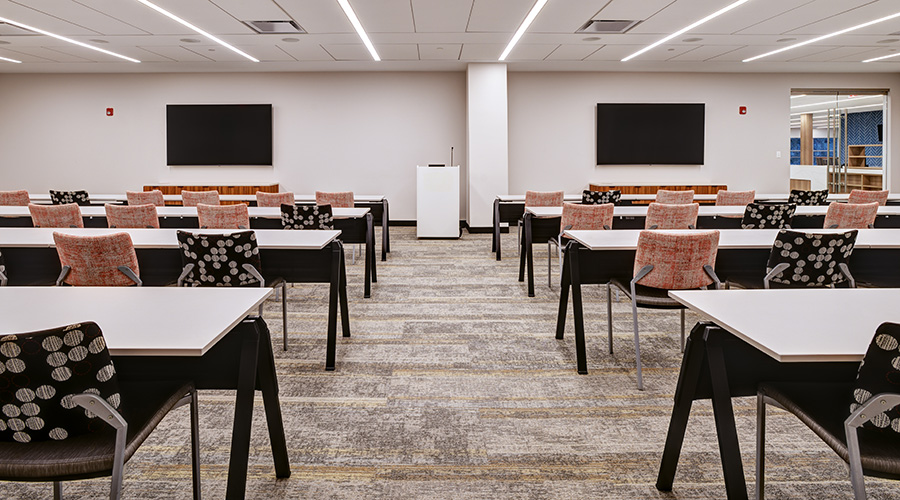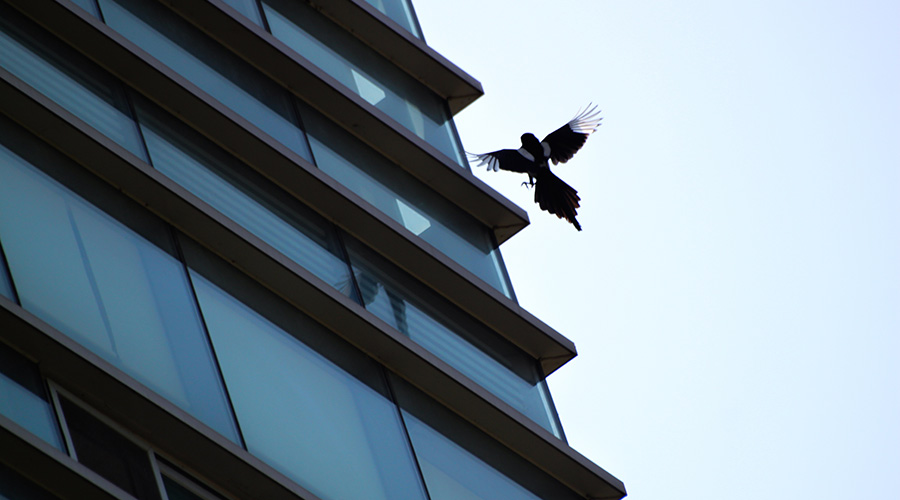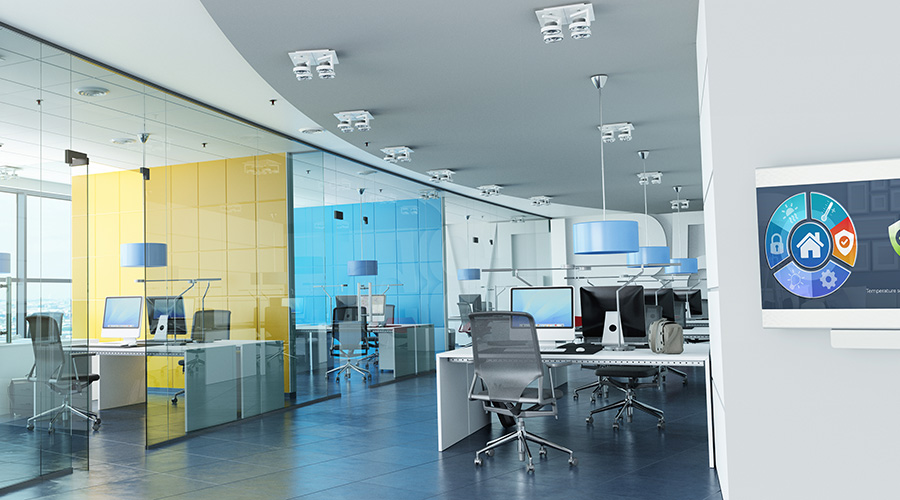Keys to Successful LED Fixture Installation
Light-emitting diodes (LEDs) are making strides as replacements for traditional lighting sources in institutional and commercial facilities, including task, general-area, and exterior lighting. The challenge for maintenance and engineering managers involved in specifying LEDs is to ask the right questions before making the purchasing decision.
How Will the LED Fixture Compare To My Existing Fixture?
It is critical that the replacement LED lamp or light fixture meets quality and performance needs and is appropriate for the retrofit. Saving 75 percent on energy does not mean much if it results in 20 percent of the original light levels and a funky color.
Light output. Assuming the goal is to keep similar light levels, the LED should provide a similar amount of light as the existing fixture. For directional lamps — PAR and MR16, as well as LED fixtures — managers need to compare metrics, such as lumens, center beam candlepower, and beam angle. The new LED metrics should be similar.
Regarding fluorescent tube replacements, remember that fluorescent lamps are omnidirectional sources and that light-fixture housings use internal reflectors to direct this light into the space. LEDs are inherently directional, and most LED fluorescent tube replacements only direct light downward — 180 degrees — preventing the LEDs from taking advantage of the existing light fixture's optics and performance.
It is reasonable to request lighting calculations of existing and proposed LED conditions for comparison. Another way to review performance is to create a small mockup and use a light meter to compare the light levels between new and existing.
Color. Balancing efficiency and color appropriateness is essential. LEDs have greater efficiencies at higher color values, but those values might not be appropriate for the application. Interior and exterior applications typically incorporate color temperatures of 3,000-4,100 Kelvin. Color also should be consistent between LEDs.
Managers need to consider color rendering (CRI). Interior LEDs should offer 80 CRI or greater, while exterior applications should use LEDs with 65 CRI or greater.
Dimmability. If the installation requires dimmability, the manufacturer needs to advise whether the replacement LED works with the existing dimming controls and if proper performance requires new equipment. Have the manufacturer demonstrate dimming the LED fixture or lamp. Does it dim smoothly, flicker at any point, and dim low enough for the application?
Managers also should be aware that LEDs can consume so much less energy that the newly reduced load might not be large enough for the existing dimmer to perform correctly.
Listings. Managers should look for UL or ETL labels for assurance the product has been tested and listed for safety. LED products that have been tested to IES LM-79-08 and LM-80-08 standards offer additional credence and validity to manufacturers' performance claims.
Related Topics:












